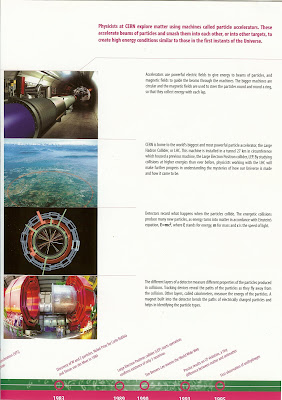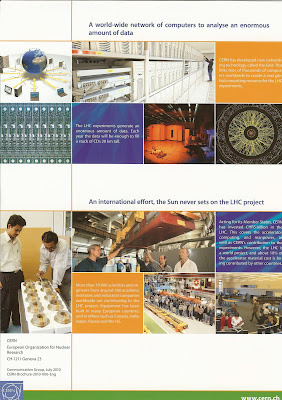
One of our “snow days” in Morges with Wild Dingo was to visit Geneva’s Museum of Modern and Contemporary Art Museum which goes by the acronym MAMCO. We remember fondly being taken to task by a Seattle gallery owner about the difference between “modern” and “contemporary”… who knew he would be so picky about semantics? The difference between modern and contemporary is that modern refers to Modernism – an art movement or practice, and contemporary refers to a time, now minus 10 to 50 years depending on who you ask, that characterizes when a piece of art was created.
So, at MAMCO, the distinction between modern and contemporary was lost on us and thankfully no one quizzed us. We walked around bewildered. We really didn’t know what to make of what we saw. We laughed, we winced, we explored, we delighted when we decoded a piece or installation, and we even relieved ourselves in an art piece. Well, let us explain. Two of the installations were bathrooms, Toilettes femmes designed by Étienne Bossut, Philippe Parreno, Stéphane Steiner and Toilettes hommes designed by Philippe Ramette, Stéphane Steiner. Well done pieces and functional.
There is work at MAMCO that we never had seen before and quite possibly may never again. For example, an exhibit on Gérald Minkoff, Un portrait and Bujar Marika, Paradox Park. So on the whole, MAMCO was an interesting and thought-provoking stop. What else could you ask of modern, uh, we mean - we think - contemporary art?
We took a train from the Morges train station to Geneva’s and then jumped on a tram to Plainpalais. From Plainpalais go west to find the 10, rue des Vieux-Grenadiers (approximate location).
MAMCO Entrance

Wild Dingo and Travelmarx Shadows

Wild Dingo and Travelmarx Superimposed – Nord 2
Robert Morris – Open Center Sculpture, 1997

INFORMATION FICTION PUBLICITÉ (link)

Our Snowy Starting Point in Morges
We ended up taking the train.

































